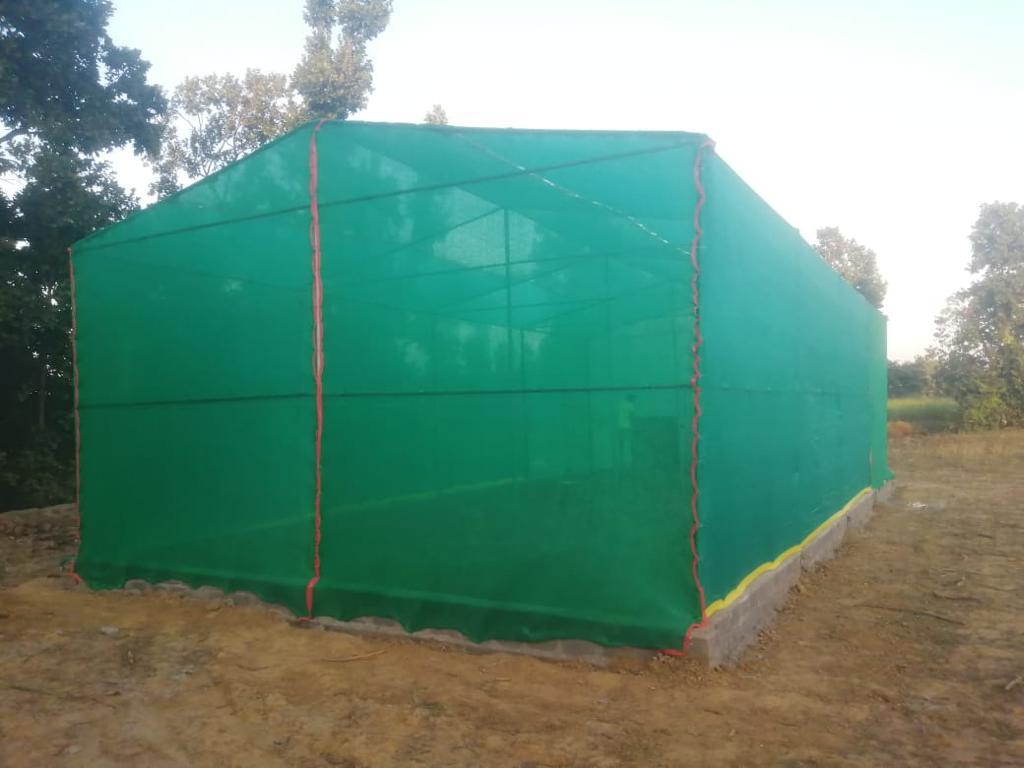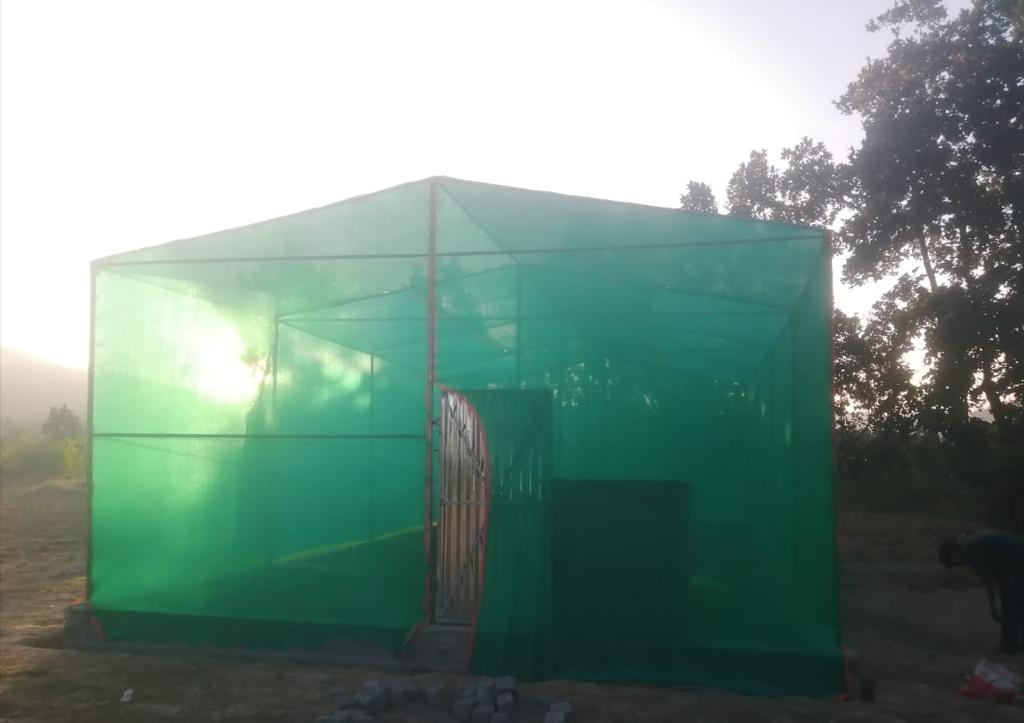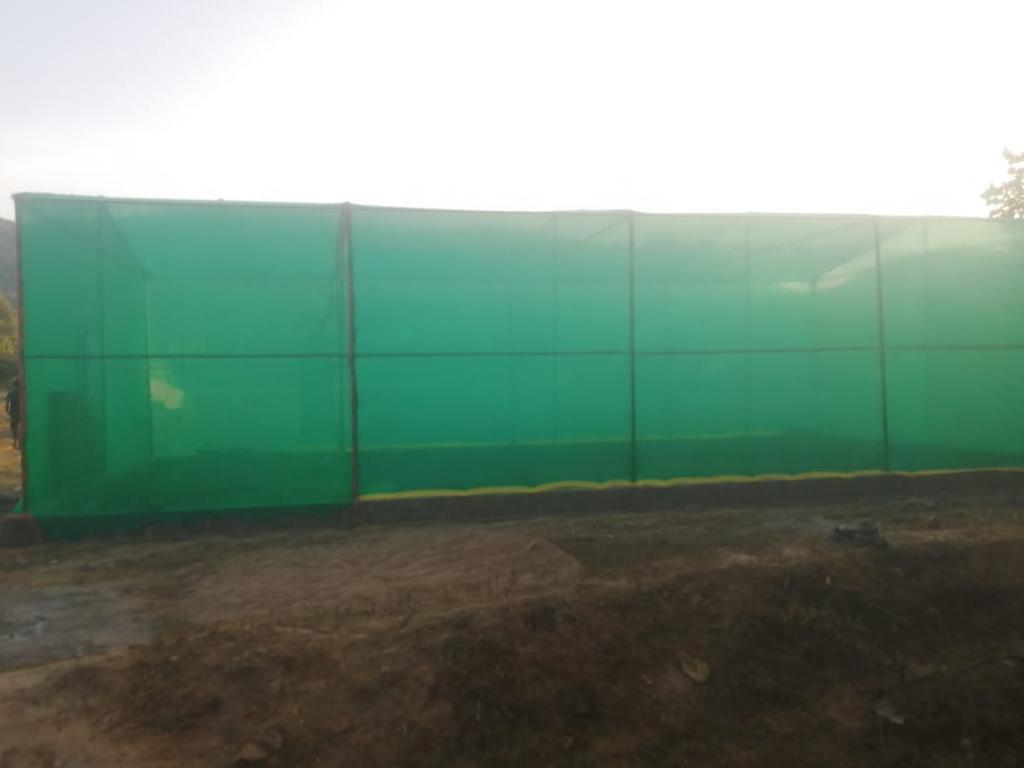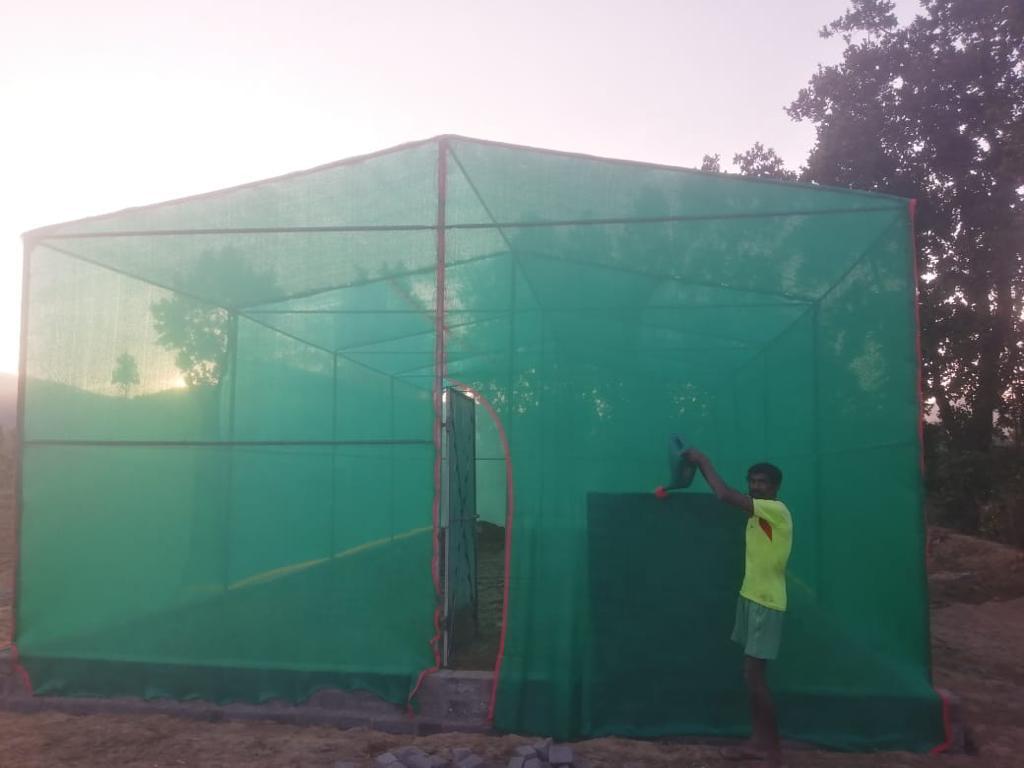Greenhouse farming, also known as greenhouse cultivation or controlled environment agriculture, is a method of growing crops in an enclosed structure made of transparent materials such as glass or plastic. The main purpose of greenhouses is to create an ideal environment for plant growth by controlling factors like temperature, humidity, light, and ventilation. This controlled environment allows farmers to grow crops throughout the year, irrespective of external weather conditions, and provides better control over plant growth and yields. Key features and benefits of greenhouse farming: Climate Control: Greenhouses enable farmers to regulate temperature, humidity, and light, which is particularly advantageous in regions with extreme climates. This control allows for year-round cultivation and the ability to grow crops that may not be suitable in the local outdoor environment. Crop Protection: Greenhouses act as a barrier against pests, diseases, and harsh weather conditions, reducing the need for chemical pesticides and protecting plants from adverse external elements. Increased Yields: With better control over environmental factors, greenhouse farmers can optimize plant growth conditions, leading to higher crop yields compared to traditional open-field farming. Extended Growing Season: Greenhouses extend the growing season by creating a favorable microclimate inside, allowing for early planting in spring and delayed harvesting in the fall. Water Conservation: Greenhouse farming typically uses drip irrigation systems or other efficient watering methods, reducing water consumption compared to traditional farming. Optimized Resource Use: By controlling the environment, greenhouse farming optimizes the use of resources like water, fertilizers, and energy, making it a more sustainable approach to agriculture. Crop Variety and Diversity: Greenhouses facilitate the cultivation of a wide range of crops, including vegetables, flowers, fruits, and herbs, even in non-native climates. Higher Quality Produce: The controlled environment in greenhouses often results in higher-quality produce with fewer blemishes and consistent appearance. Year-Round Income: Greenhouse farming allows farmers to produce crops continuously, leading to a more stable and predictable income stream throughout the year. Vertical Farming: Some advanced greenhouse systems incorporate vertical farming techniques, maximizing space and increasing overall crop production in limited areas. While greenhouse farming offers numerous advantages, it also requires careful management and investment in infrastructure. Proper monitoring of environmental parameters, pest and disease control, and crop management are essential to maximize the benefits of greenhouse cultivation. Additionally, the initial setup cost and ongoing maintenance can be higher than traditional farming methods. However, the potential for increased yields, reduced environmental impact, and the ability to grow crops in non-native regions make greenhouse farming an attractive option for modern agriculture.







